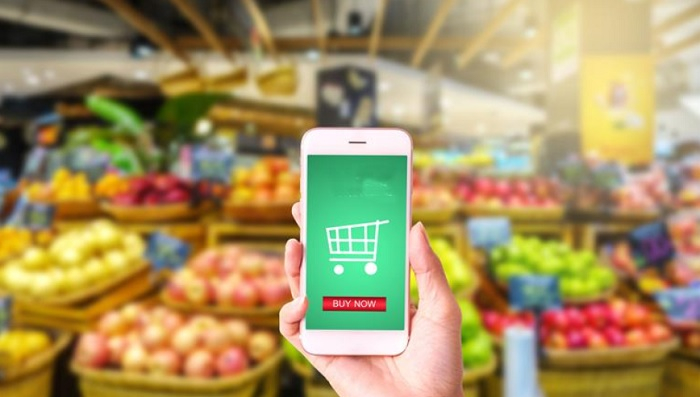
During 2022, approximately 4.11 billion people made online purchases of consumer goods, according to the “Digital 2023: global overview report” by We Are Social and Meltwater. While, in January of this year, 57.6% of global consumers bought products or services online, 28.3% chose to buy groceries. This constant growth in the purchase of food in digital channels is generating a significant impact on supermarket chains, who are facing a financial crisis due to price competition and the adoption of new technologies.
Willard Manrique, specialist in commercial management and professor at the School of Management (PAD), points out that, in Europe, the sale of edible products is taking place without customers having to visit a physical store. “Traditional channels are facing serious financial difficulties, since they have high operating costs (staff, building maintenance, energy, among others) and are facing a price war with the digital channel, so they have to do promotions to attract and retain customers,” he says.
Ministry of Health and Congress aligned against the use of octagons
In this scenario, it indicates that investment in business modernization through electronic commerce platforms becomes the most viable alternative, especially considering that the main competitors are in large online companies. In Peru, this trend is already taking place, as the Lima Chamber of Commerce (CCL) reports that 4 out of 10 Peruvians make purchases online.
New tendencies
In addition, the displacement of supermarkets by logistics multinationals is observed. Companies like Amazon and JD.com are looking to position themselves in the food retail sector in the United States and China, respectively. These platforms allow fast and secure purchases online, which has led a large number of users in these countries to choose to buy groceries online.
“Technological innovation is transforming retail,” says Willard Manrique. In this sense, he cites as an example the purchase of the Whole Foods Markets supermarket chain by Amazon, reducing the prices of products such as avocados, bananas and chicken, and offering exclusive discounts for Amazon Prime members, thus attracting new subscribers. .
In addition, this platform has created its own supermarket chain called Amazon Fresh, with Amazon Dash Carts smart carts that have Alexa functions to help with purchases and track the customer’s journey in the store.
Finally, the PAD professor stresses that companies such as Amazon and JD.com use consumer information to predict trends and purchasing habits, improving the efficiency of their services.
In China, JD.com supermarkets allow customers to scan products and add them to their purchase, as well as study consumption habits and store pickup times. This has allowed them to implement a delivery method using autonomous vehicles equipped with sensors, reducing the need for couriers and increasing the number of orders.
Source: Larepublica
Alia is a professional author and journalist, working at 247 news agency. She writes on various topics from economy news to general interest pieces, providing readers with relevant and informative content. With years of experience, she brings a unique perspective and in-depth analysis to her work.











